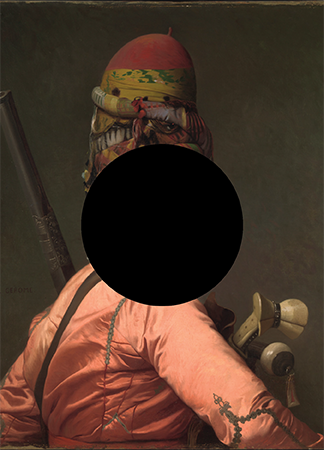
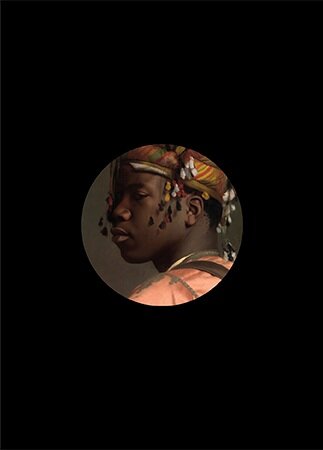
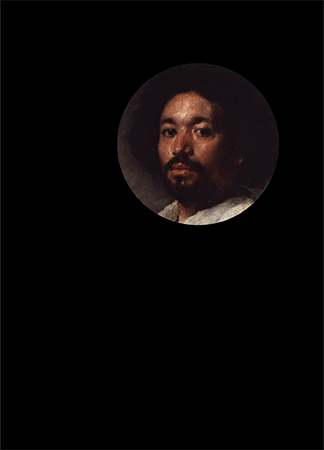
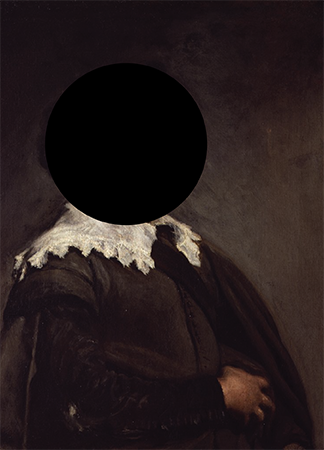
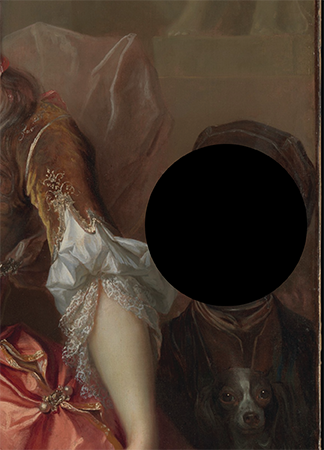
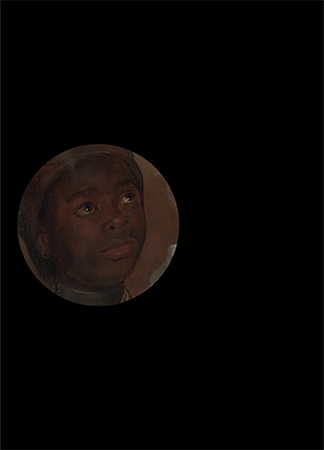
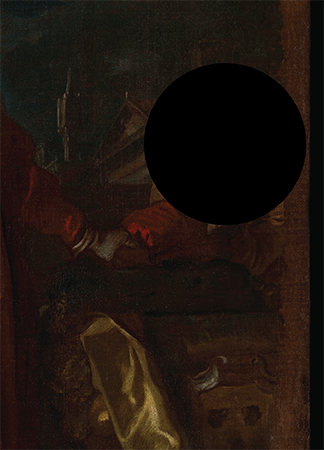
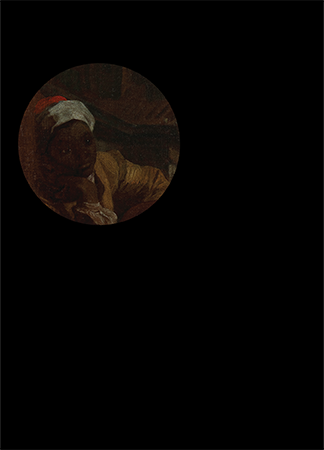
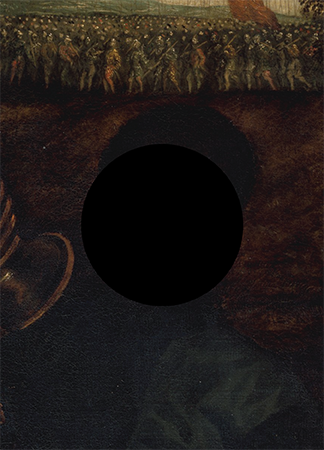
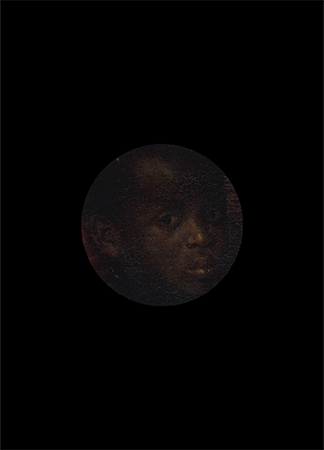
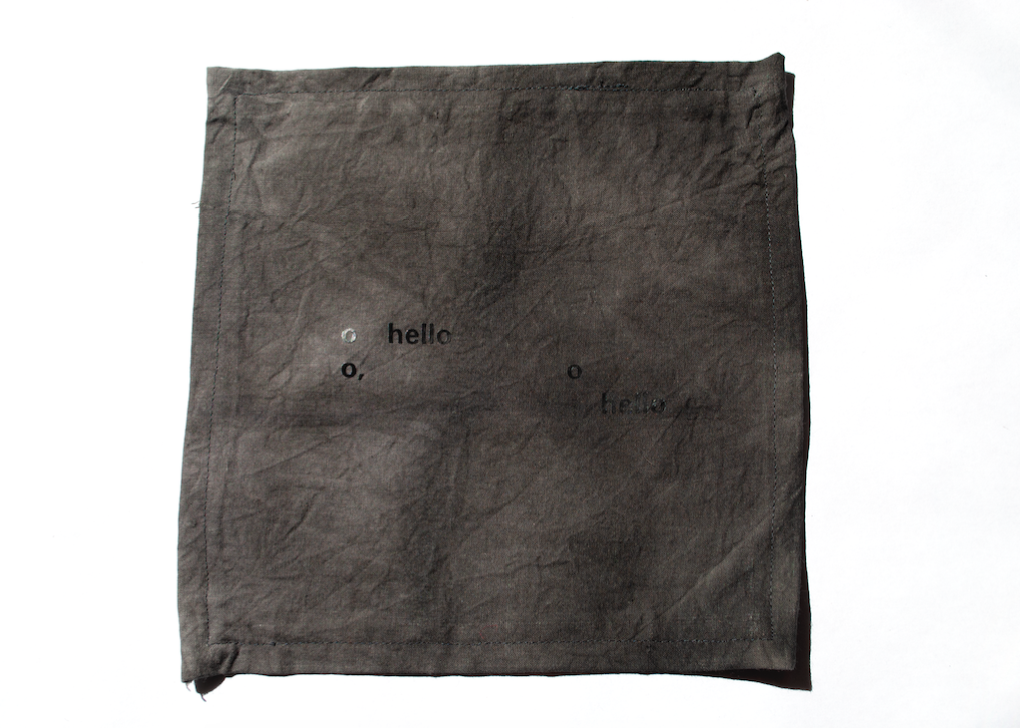
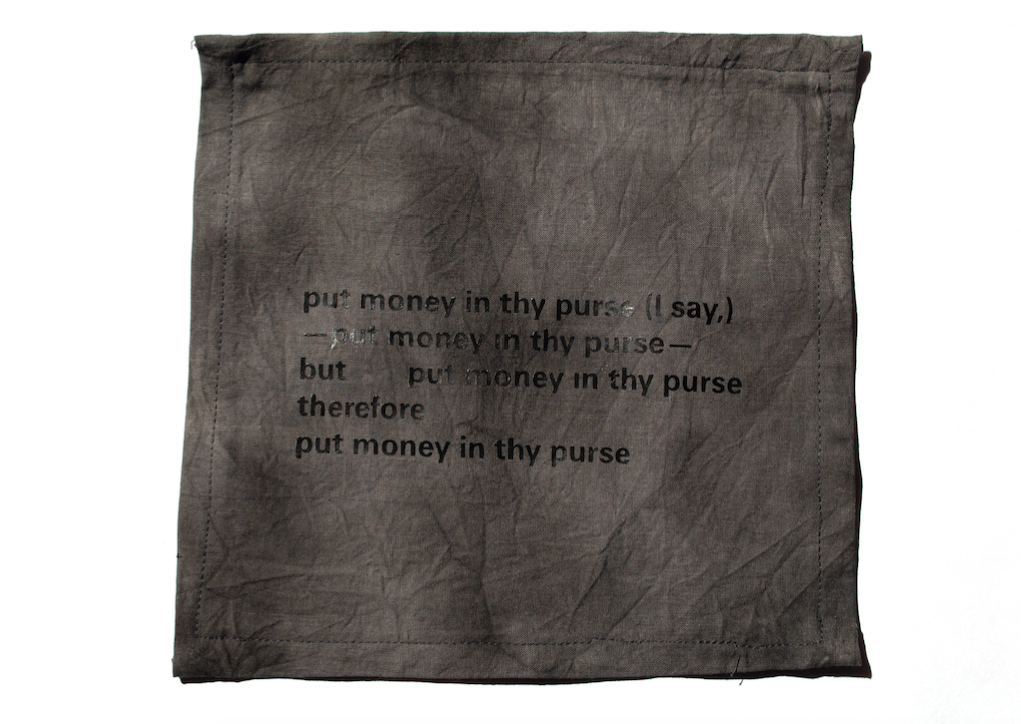
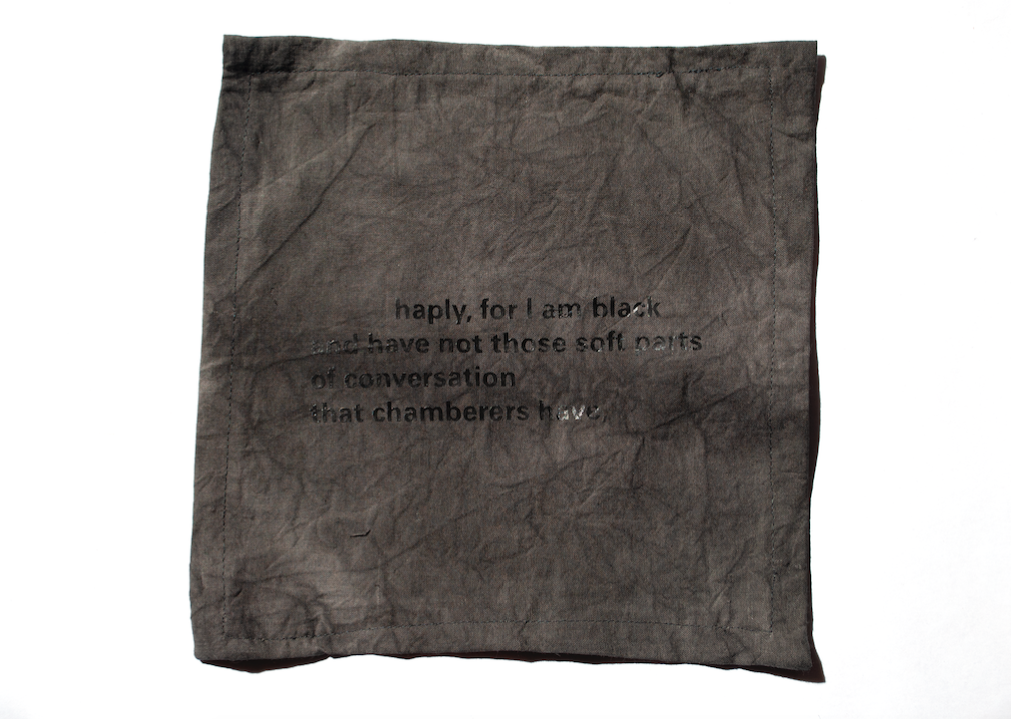
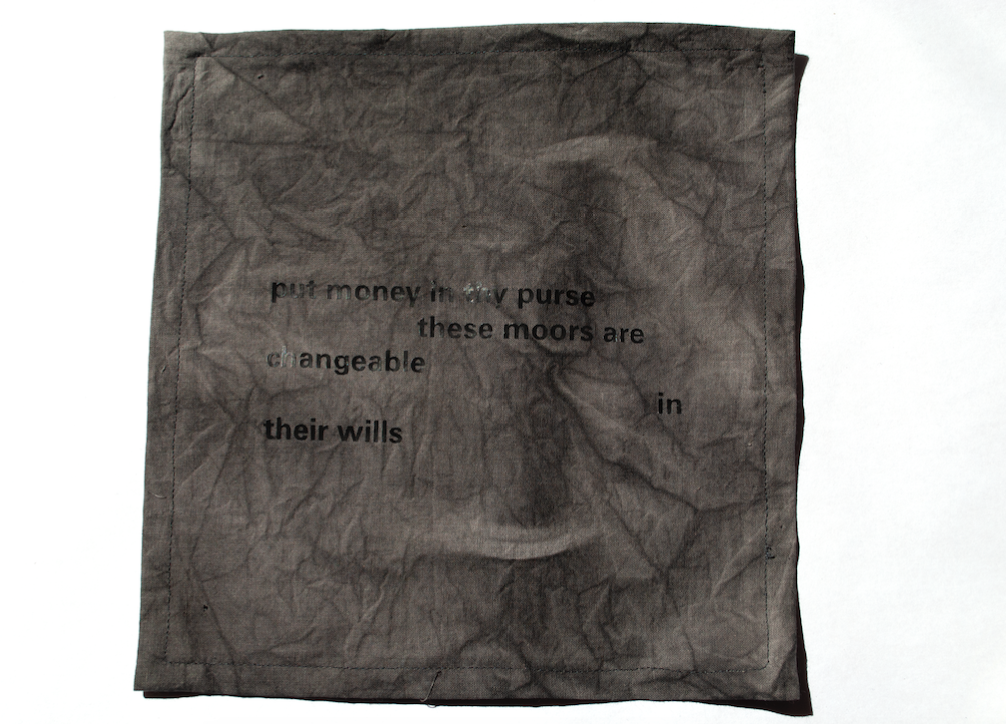
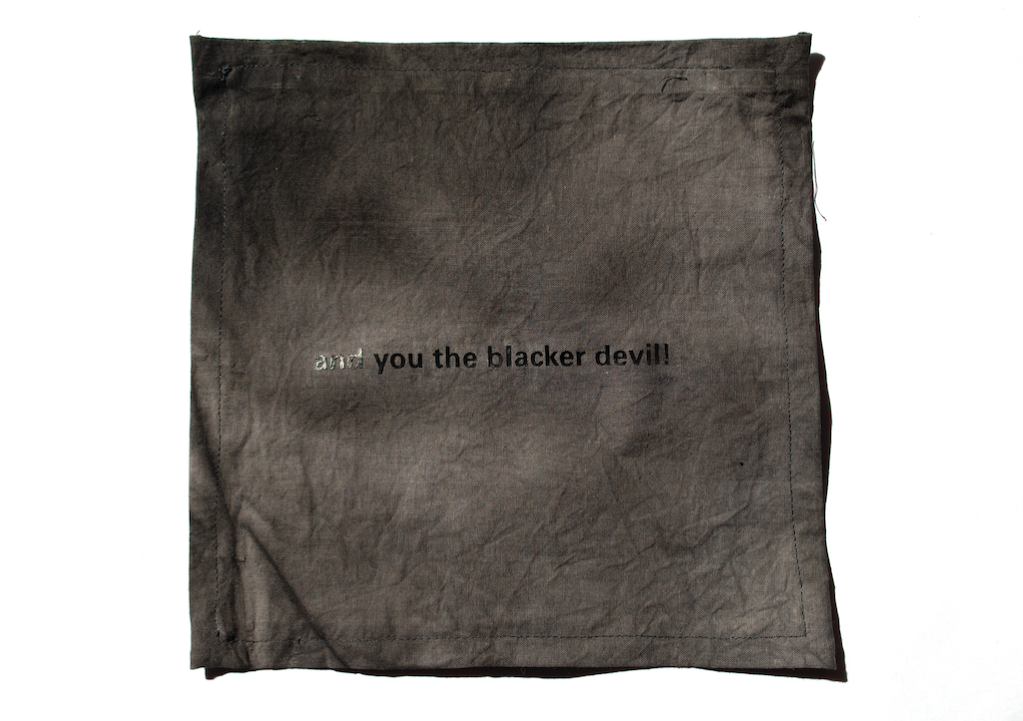
curator & Arts administrator | Chicago, IL
On view at The Silver Room
September 11- November 13, 2020
The past months have been anything but classic. They have been nothing typical, nothing normal. As justice is being demanded and fought for on so many fronts, the arts have not been spared from a similar, necessary reckoning. Hypocrisy within institutions and organizations, racist collecting practices, and the biased way in which arts histories have been told and standardized are being called out. Even the briefest look at the arts canon reveals an overwhelming oversight of Black artists, writers, and thinkers.
The Classics features two series of work by Chicago-based artist Unyimeabasi Udoh: european portraits (recto + verso) and the moor. During visits to the Metropolitan Museum in New York, Udoh sought out depictions of Black people in the shadows of paintings. For this series, Udoh mined the Met’s digital archive for European portraits for which a Black person sat. That is, an actual portrait in which they were a subject, as opposed to being represented as a mythical figure or character in a scene. Needless to say that count was not abundant. european portraits (recto + verso) celebrates the few Black figures that were encountered during this exercise. These postcards present the figures’ original context on one side and honors each individual with their own portrait on the other.
Last summer, Udoh and a friend reread Othello and the Merchant of Venice. Both remarked that neither play was particularly compelling, yet recalled it being required reading in many an academic class. The second series, the moor, pulls quotes from Shakespeare’s tragic play Othello. The protagonist, Othello, is also noted as one of the English writer’s only Black characters. The series is less a critique of the play but instead questions why a number of writings in the literature canon have maintained their place there, and, consequently, what other works are excluded.
Both of these series presence Blackness within these canonized classics— works that have become standard in art history and literature classes. Histories of what brought about the standardization of certain works into what we now know as the arts canon are being excavated and undone. Udoh’s work reexamines Black figures in an art canon that has historically been a space of exclusion, objectification, and fetishization. The work of unravelling the interconnectivity of the established arts canon and its upholding of white supremacy is being done by artists and historians alike, and the narrative of what was once “classic” is being actively rewritten.
—
Artist Bio: Unyimeabasi Udoh is an artist and graphic designer based in Chicago, concerned with surface and absence, text as image, blackness as color and construct, and how systems of communication and knowledge—particularly the Western canons of art and literature, and the position of black people and African artifacts within them—are created and maintained. They hold a BA in Architecture from Columbia University and an MFA in Visual Communication Design from the School of the Art Institute of Chicago.
On view at The Silver Room
September 11- November 13, 2020
The past months have been anything but classic. They have been nothing typical, nothing normal. As justice is being demanded and fought for on so many fronts, the arts have not been spared from a similar, necessary reckoning. Hypocrisy within institutions and organizations, racist collecting practices, and the biased way in which arts histories have been told and standardized are being called out. Even the briefest look at the arts canon reveals an overwhelming oversight of Black artists, writers, and thinkers.
The Classics features two series of work by Chicago-based artist Unyimeabasi Udoh: european portraits (recto + verso) and the moor. During visits to the Metropolitan Museum in New York, Udoh sought out depictions of Black people in the shadows of paintings. For this series, Udoh mined the Met’s digital archive for European portraits for which a Black person sat. That is, an actual portrait in which they were a subject, as opposed to being represented as a mythical figure or character in a scene. Needless to say that count was not abundant. european portraits (recto + verso) celebrates the few Black figures that were encountered during this exercise. These postcards present the figures’ original context on one side and honors each individual with their own portrait on the other.
Last summer, Udoh and a friend reread Othello and the Merchant of Venice. Both remarked that neither play was particularly compelling, yet recalled it being required reading in many an academic class. The second series, the moor, pulls quotes from Shakespeare’s tragic play Othello. The protagonist, Othello, is also noted as one of the English writer’s only Black characters. The series is less a critique of the play but instead questions why a number of writings in the literature canon have maintained their place there, and, consequently, what other works are excluded.
Both of these series presence Blackness within these canonized classics— works that have become standard in art history and literature classes. Histories of what brought about the standardization of certain works into what we now know as the arts canon are being excavated and undone. Udoh’s work reexamines Black figures in an art canon that has historically been a space of exclusion, objectification, and fetishization. The work of unravelling the interconnectivity of the established arts canon and its upholding of white supremacy is being done by artists and historians alike, and the narrative of what was once “classic” is being actively rewritten.
—
Artist Bio: Unyimeabasi Udoh is an artist and graphic designer based in Chicago, concerned with surface and absence, text as image, blackness as color and construct, and how systems of communication and knowledge—particularly the Western canons of art and literature, and the position of black people and African artifacts within them—are created and maintained. They hold a BA in Architecture from Columbia University and an MFA in Visual Communication Design from the School of the Art Institute of Chicago.